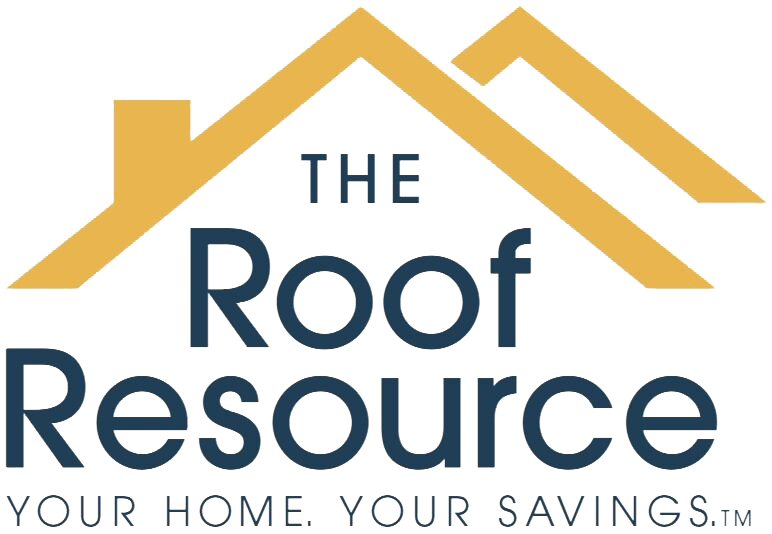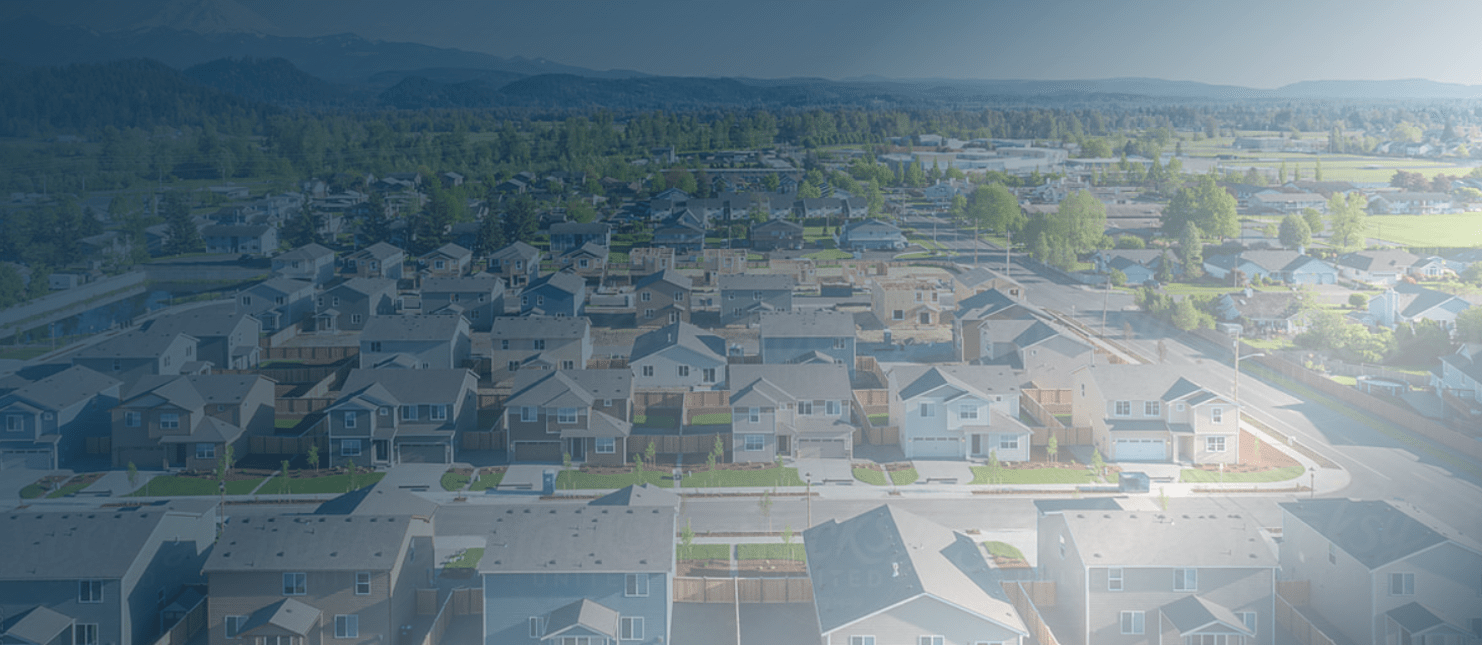How Long Do Roofs Last in Detroit, MI
Expert advice for Detroit homeowners: Prolong your roof’s lifespan!
As a homeowner in Detroit, Michigan, it’s essential to understand the lifespan of your roof and how to evaluate its condition. The longevity of a roof depends on various factors, including the material, installation quality, and maintenance. By knowing the signs of wear and tear and taking proactive measures, you can ensure that your roof serves you well for as long as possible. This guide will provide you with valuable insights into evaluating the lifespan of your roof and making informed decisions about roof replacement.
Factors Affecting Roof Longevity
The lifespan of a roof is influenced by several key factors, including the following:
1. Material: Different roofing materials have varying lifespans. For example, asphalt shingles typically last 15-30 years, while metal roofs can endure for 50 years or more. Understanding the type of material your roof is made of is crucial in determining its projected lifespan.
2. Installation Quality: The skill and expertise of the roofing contractor who installed your roof significantly impact its longevity. Proper installation ensures that the roof can withstand environmental elements and provides optimal protection for your home.
3. Maintenance: Regular maintenance and timely repairs play a vital role in extending the life of your roof. Neglecting maintenance can lead to premature deterioration and costly damage.
4. Local Climate: Detroit experiences a range of weather conditions throughout the year, including cold winters and hot summers. Roofing materials should be chosen and maintained to withstand these seasonal changes.
5. Ventilation and Insulation: Adequate ventilation and insulation contribute to the overall health of your roof. Proper airflow and insulation help regulate temperature and moisture, with improper ventilation leading to premature aging of the roof.
Signs of Roof Deterioration
It’s important for homeowners to stay vigilant and watch out for signs of roof deterioration, including:
1. Missing or Damaged Shingles: When shingles appear curled, cracked, or are missing altogether, it’s a clear indicator that your roof is compromised.
2. Leaks and Water Damage: Water stains, mold growth, or moisture in the attic are signs of potential roof leaks, which can lead to structural damage.
3. Sagging Roof: A sagging or uneven roofline may indicate significant structural issues, potentially resulting from long-term water damage or poor ventilation.
4. Excessive Granule Loss: If asphalt shingles lose an excessive amount of granules, they may be reaching the end of their lifespan and require replacement.
5. Age of the Roof: As a roof approaches the upper end of its expected lifespan, it becomes more vulnerable to deterioration and may require replacement.
Evaluating Roof Longevity
To evaluate how long your roof will last, consider the following steps:
1. Initial Assessment: Begin by conducting a visual inspection of your roof’s exterior. Look for any signs of damage, including missing or worn-out shingles, and check for the presence of moss or algae growth.
2. Interior Inspection: Examine the interior of your home, particularly the attic, for signs of water damage, mold, or moisture. These can be indicators of a compromised roof.
3. Professional Inspection: Hire a reputable roofing contractor to perform a thorough examination of your roof. A professional assessment can provide valuable insights into the current condition and potential lifespan of your roof.
4. Consider Age and Material: Determine the age of your roof and the type of material it is made of. Keep in mind that different roofing materials have varying lifespans, and older roofs may require replacement sooner.
5. Maintenance History: Review the maintenance history of your roof, including any repairs or replacements that have been done. Regular maintenance extends the lifespan of a roof, while neglect can lead to premature deterioration.
Replacement Considerations
When evaluating whether it’s time for a roof replacement, consider the following factors:
1. Extent of Damage: If your roof has sustained significant damage or is approaching the end of its expected lifespan, replacement may be necessary to avoid further issues.
2. Energy Efficiency: Upgrading to a newer, more energy-efficient roofing material can provide long-term cost savings and environmental benefits.
3. Curb Appeal: A new roof can enhance the aesthetic appeal of your home, adding value and visual appeal.
4. Building Codes and Regulations: Ensure that any new roofing materials or installation meets local building codes and regulations.
5. Professional Guidance: Seek guidance from reputable roofing professionals to determine the most suitable replacement options for your home.
In summary
Evaluating the longevity of your roof is a crucial aspect of homeownership, ensuring the safety and protection of your property. nderstanding the factors that affect roof longevity, being vigilant about signs of deterioration, and seeking professional guidance, Detroit homeowners can make informed decisions about roof replacement when the time is right.


